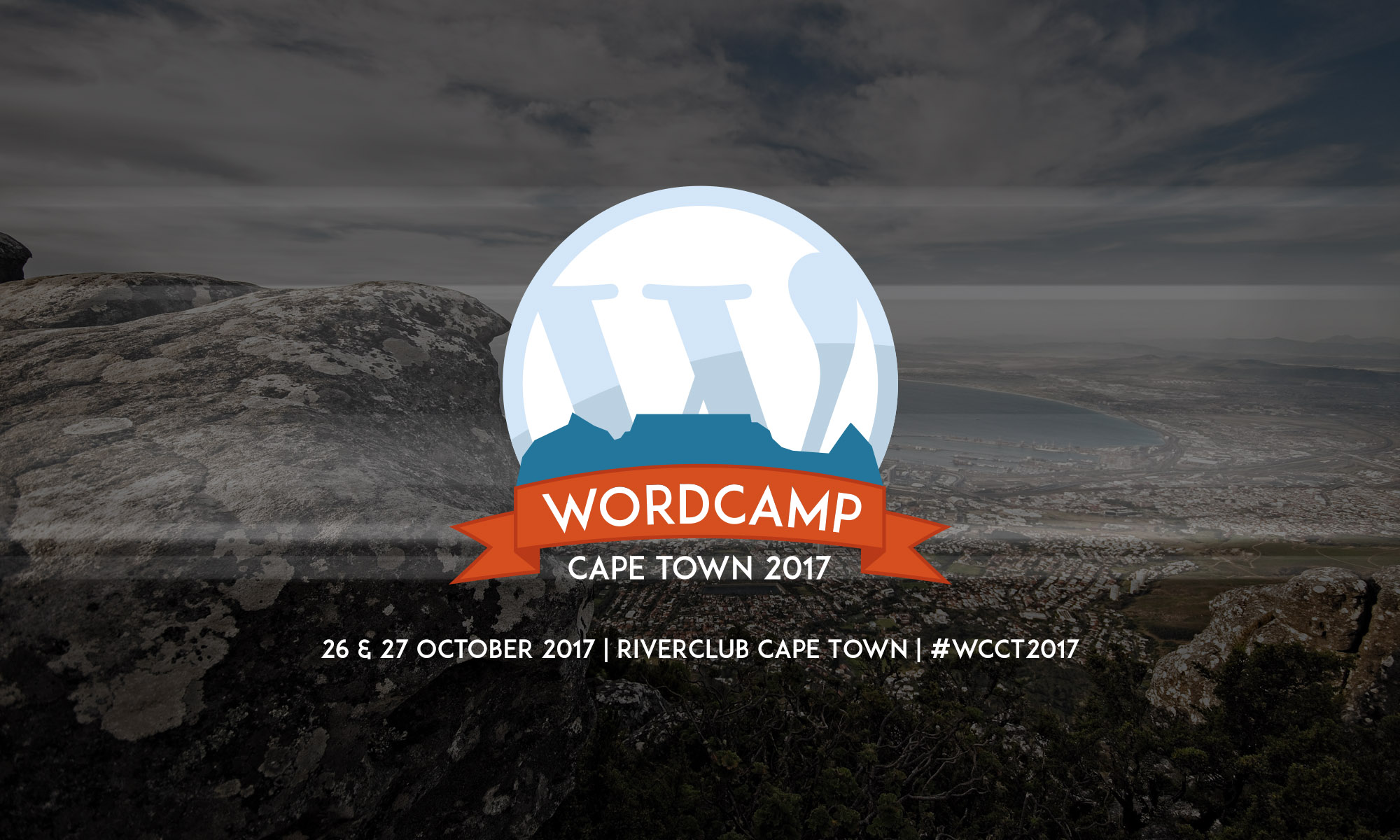Like last year, we don’t want to waste time for the workshops on installing software or figuring out if everyone has a notebook. So here’s a list the workshops that require some preparation and how to prepare for them.
Don’t worry if you don’t find the time to prepare, I’m sure someone will help you out. But if you do, please give it some time.
Needed for most workshops
- Pen and paper, or a note taking app
- Laptop
And for the more technical ones:
- Local installation of WordPress (can be done using Vagrant, Docker, MAMP, DesktopServer, or Local – the last two are recommended for the less technical engineering talks) with WordPress installed
- A code editor/IDE (Sublime, Atom, VS Code or PHPSTORM)
- A GitHub profile
Needed for specific workshops
All the workshops with an asterisk (*) need the prep for a technical workshop described above:
- Sass to the reCSSue*
- Install the following plugins: Jetpack and WooCommerce
- You will need to add a filter to the
wp.config.phpfile to work with Jetpack on a local site – more info here - Make sure that “Custom CSS” is activated as Jetpack module at
YOURSITE.DEV/wp-admin/admin.php?page=jetpack_modules
- You will need to add a filter to the
- Install Storefront
- Import the Storefront dummy data
- Download this style.css file to your laptop (you can add it already under Appearance > Customise > Additional CSS and it should look something like this website)
- Install the following plugins: Jetpack and WooCommerce
- Creating Automated Marketing Funnels in WordPress*
- Download all files from this Dropbox folder
- Follow the instructions in the .docx file
- Elementor, my dear Watson*
- Visit the demo site and click “Enter, my dear Watson”
- Alternatively, install a Starter theme (like Underscores), Elementor, StylePress, and Anywhere Elementor
- Twig templating and why it’s addictive*
- Download the workshop GitHub repo and install all the free plugins in it (Timber-library, WooCommerce, Debug Bar, Debug Bar Timer)
- Import its images from
/Pictures - Import posts & products from .xml file
- Assign pictures to posts and products randomly
- Content Generation of SEO: A business guide*
- (Offline) spreadsheets
- Install Yoast SEO
- Good to have but optional: Google AdWords account, Google Search Console, Google Analytics, Hubspot blog topic generator, Hemingway app
- Automating WordPress*
- Install Node.js and NPM
- Install Composer
- Optionally, install Jenkins
- Inclusive Design: more heart
, more humans
- Cellphone & headphones
- Chrome web browser: https://www.google.com/chrome/
- Chrome Web Developer extension
- Chrome Funkify plugin
- Opera Mini for Mobile: Android / iOS
- If you are on macOS or iOS, install the Sim Daltonism app
- Understanding all WordPress APIs, not only the REST API!* (so follow all tech workshops homework)
- Social Media Advertising That Converts
- A live site, ideally with a way to capture user data (and even better if you’ve done that for a while)
- Facebook page for your business with full admin rights
- Setting up a support system for excellent customer service
- Create a dummy (new) Gmail account
- Composer and WordPress – a match made in heaven
- Install Composer globally
- Vue.js as a Frontend to a WP Backend*
- Make sure that pretty permalinks are activated and WP JSON is enabled
- Install some local content, for example, use this file
- Install and activate WP API Menus
- Install Node.js and NPM
- Ready to use Bash (Terminal, Windows Bash Shell …)
- Clone this repo
- Optionally, install Postman (or similar) to check API requests

